Affiliate links on Android Authority may earn us a commission. Learn more.
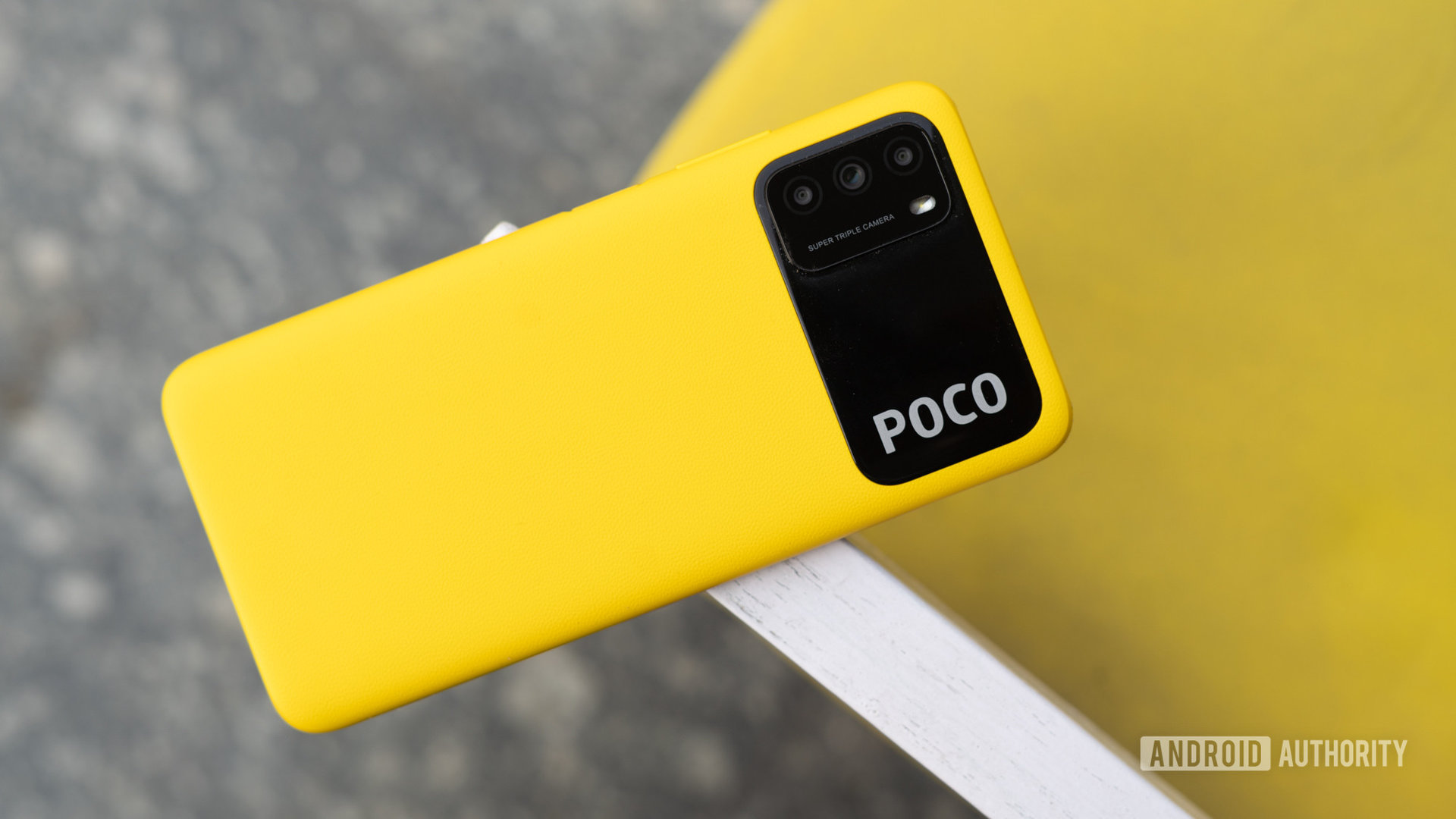


M3 POCO M3
What we like
What we don't like
Our scores

M3 POCO M3
POCO has had a strange journey from a surprise Xiaomi spin-off to a standalone sub-brand, with some stellar hits and curious omissions along the way. Last year’s POCO M2 was definitely one of the hits. It was hands down one of the most popular entry-level phones in 2020, especially in India. In fact, it sold over a million units over the course of the year and helped POCO become the third most popular online brand in the region. Now, the company is back with its successor, the POCO M3.
Like last year’s POCO phones, there’s a lot in common with similarly priced Redmi hardware. However, this time around, POCO is focusing on new designs. Find out in Android Authority’s POCO M3 review if that’s enough to truly help the phone stand out in an increasingly competitive market.
How’s the design of the POCO M3?
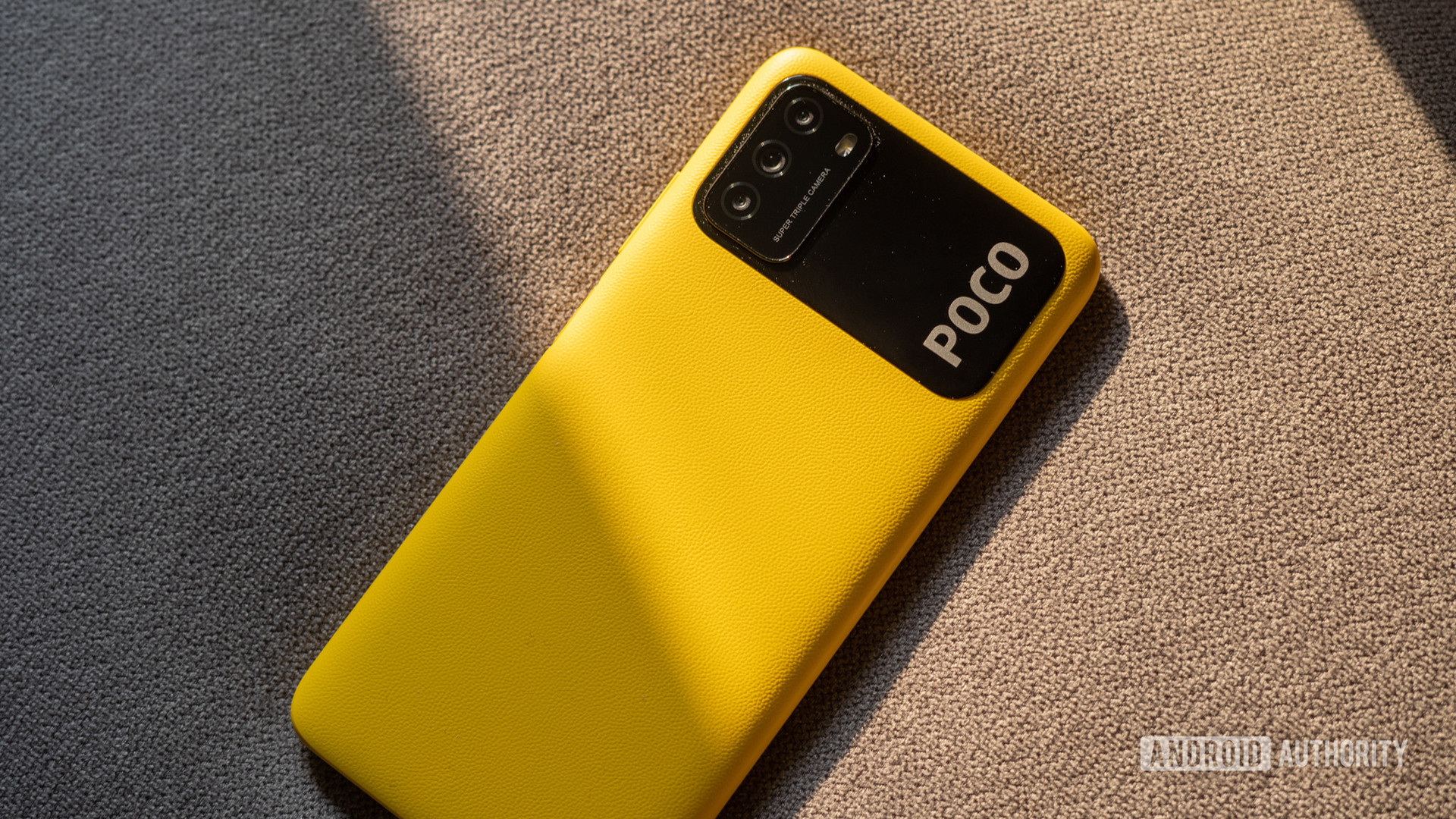
There are no two ways about it, the POCO M3 is hands down the boldest design direction taken by a brand in a while, and I’m down for it.
The bright yellow color and black camera island clash in all the right ways.
While most budget phones have played it safe with samey gradients and glass-metal sandwiches, the POCO M3 is a honking slab of high-quality polycarbonate and a Lego-esque bright yellow color. Yes, the phone comes in a more subtle black or blue shade as well, but this is one phone where I really don’t mind the in-your-face design.
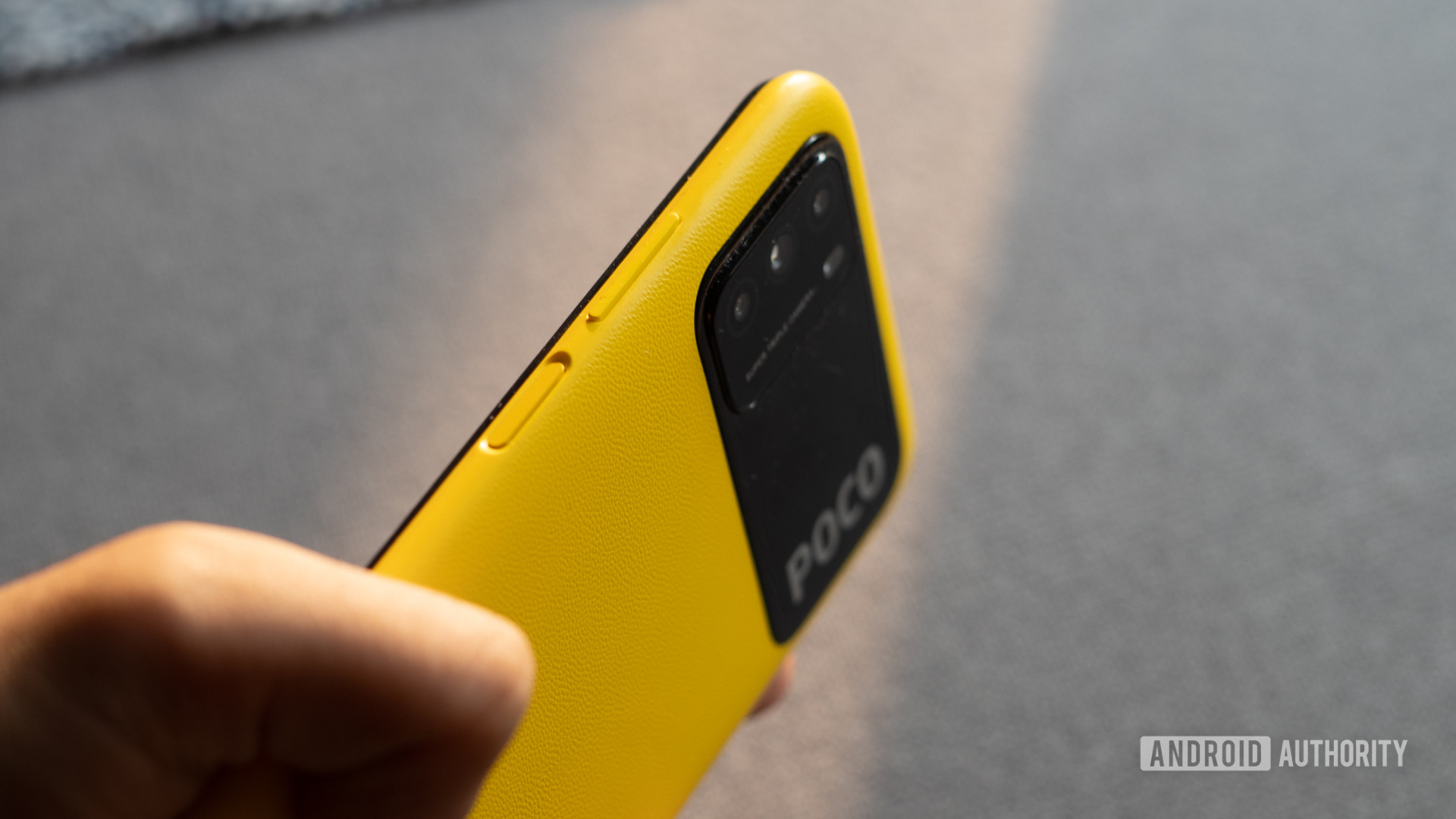
The key element here is the enormous glass camera module that sits all the way across in sharp contrast to the unibody carbonate finish. There’s a bit of the OnePlus 8T Cyberpunk edition in there, but all-in-all, the phone does a great job at distinguishing itself.
See also: The best budget phones you can buy | The best phones under 20,000 rupees in India
Moreover, POCO has done a brilliant job at the overall build quality. Now, it’s true that it’s hard to come across a poorly built phone these days, but from the texture at the back to the tactile feedback of the buttons, the POCO M3 feels much more premium than the price would suggest.
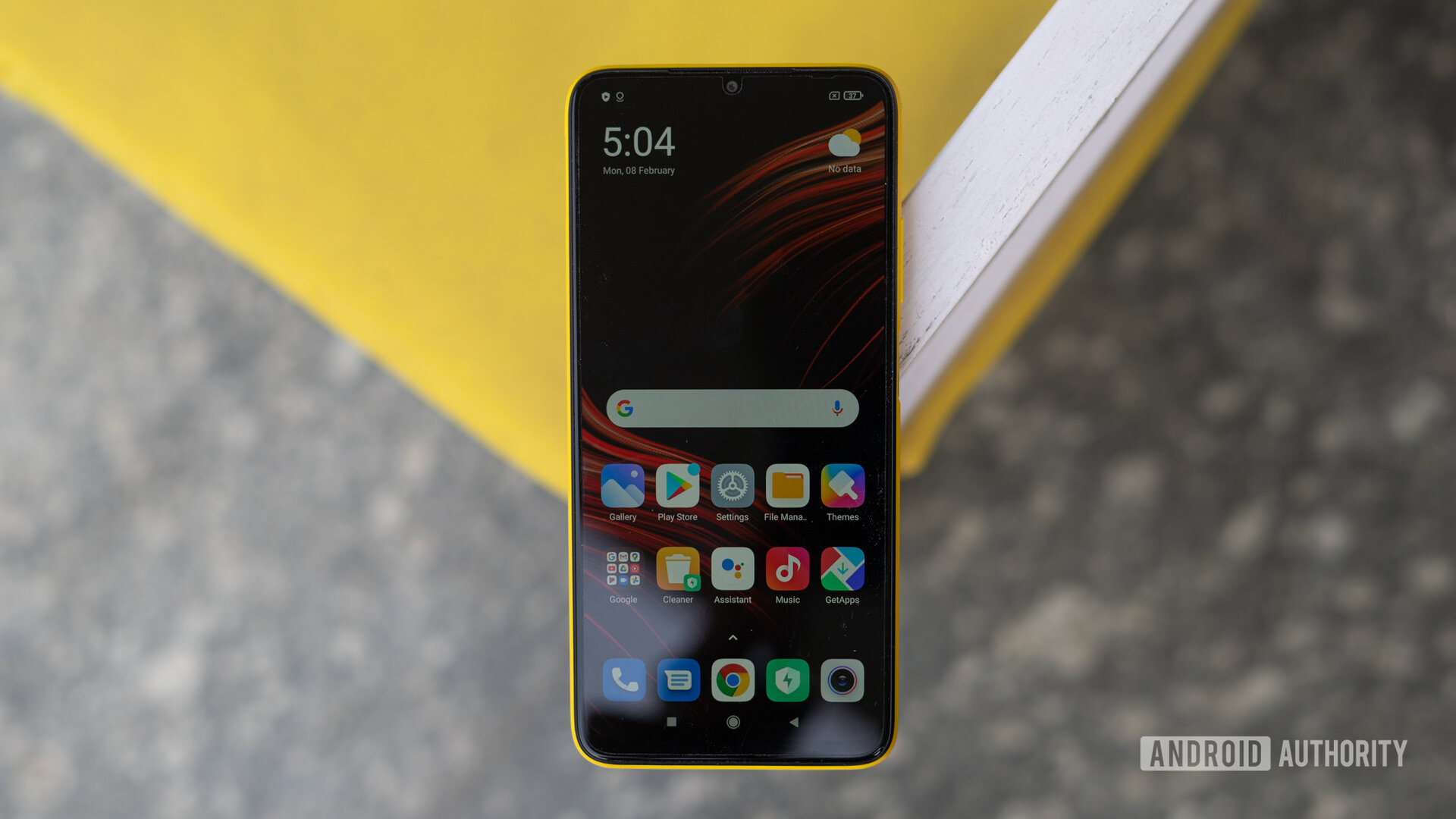
Switching to the front, things get a bit more standardized. You’ll find a 6.53-inch Full HD+ panel here with Gorilla Glass 3 for protection and a 60Hz refresh rate. This is the same LCD panel as the M2, and generally suffices for the price.
Black levels aren’t quite as good as some of the other phones in the segment, and I feel the peak brightness levels could have been pushed just a smidgen for mid-summer outdoor viewing.
However, as it stands, I didn’t really have any issues here, and watching media content is a fairly enjoyable experience.
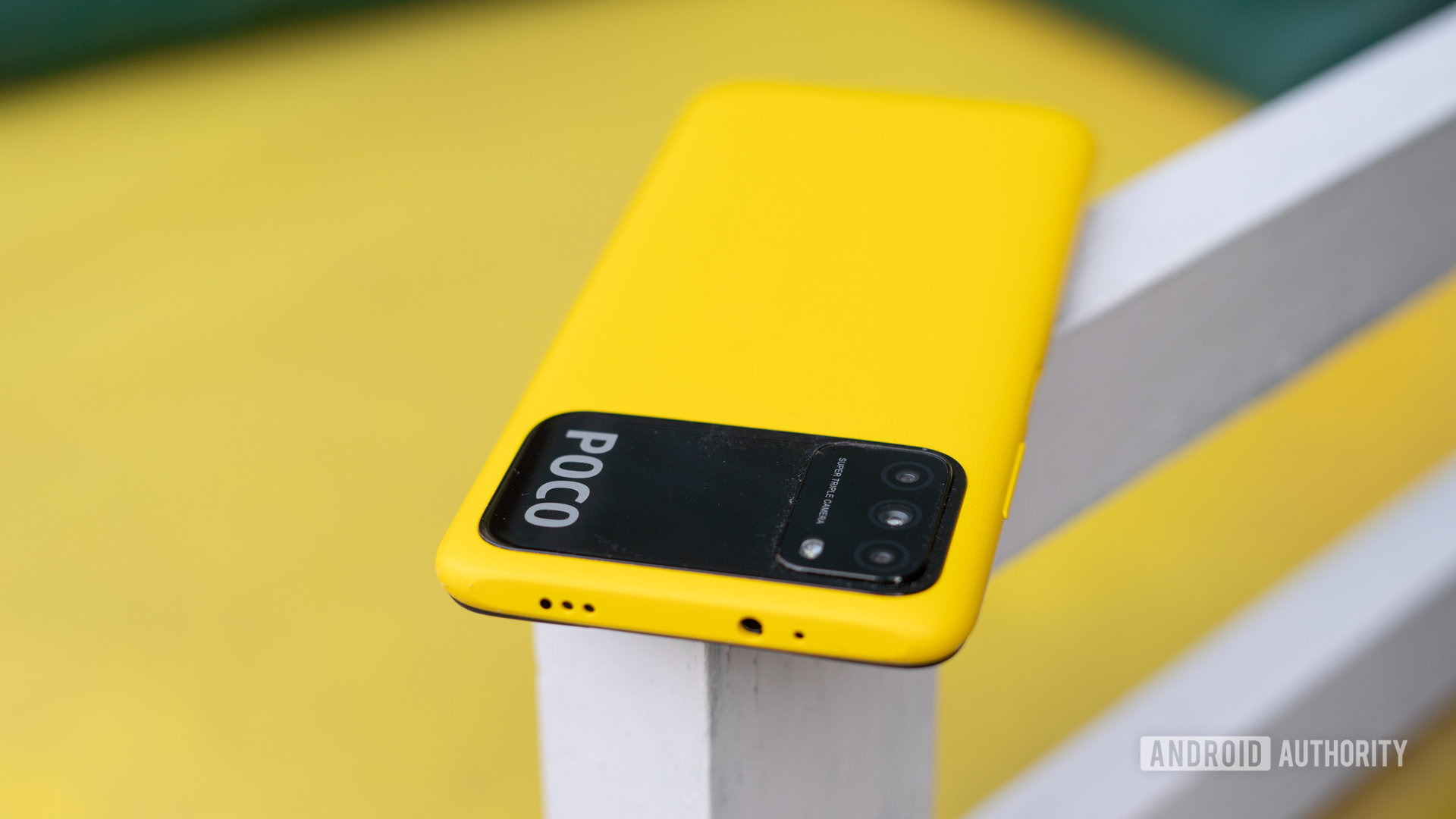
The POCO M3 comes equipped with a headphone jack, as well as dual SIM card slots in addition to a microSD slot for storage expansion. You’ll also find stereo speakers that can get plenty loud and deliver good enough dynamic range to come together for an excellent multimedia experience.
The POCO M3 offers a compelling multimedia experience with a good display, headphone jack, and quality stereo speakers.
All the basics are covered here, and I truly came to appreciate the fingerprint scanner built into the power button. It’s easy to reach, quick to unlock — exactly what you need.
How powerful is the POCO M3?
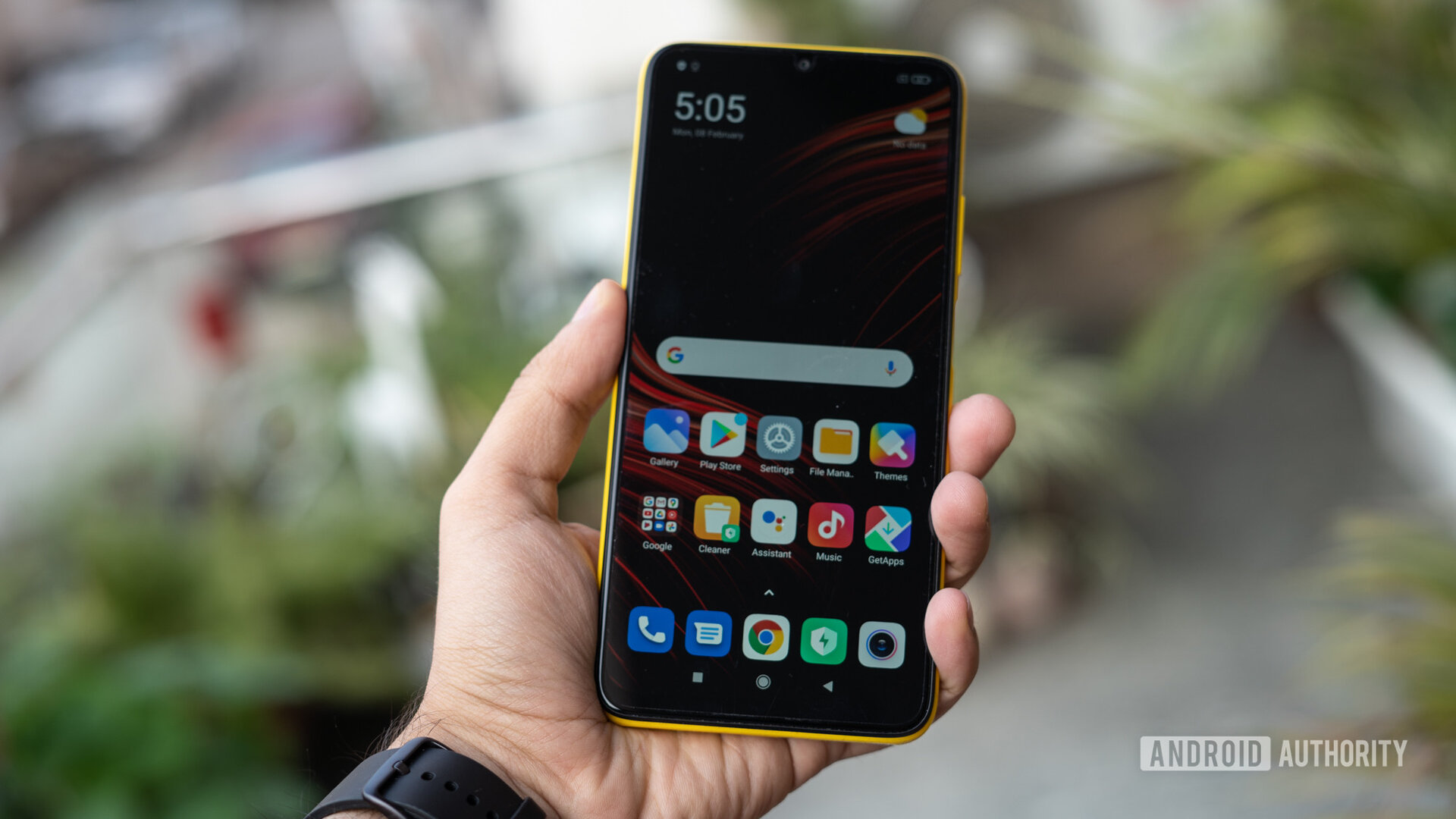
The POCO M3 packs a Snapdragon 662 chipset under the hood. It’s far from the most powerful silicon Qualcomm has to offer, but the chipset delivers the goods for day-to-day use. I noticed a few frame drops on animation heavy websites, but coupled with 6GB of RAM the phone rarely, if ever, skips a beat in everyday tasks.
The general fluidity is also aided by MIUI 12. The operating system is really well optimized and scales beautifully from low-end hardware to top-tier phones like the Mi 11. If you’ve used any Xiaomi phone, you know the drill. There are ample options for customization, and thoughtful additions to boot.
The POCO M3 doesn't have the most powerful silicon, but day-to-day performance is perfectly adequate.
An advantage of choosing POCO over equivalent phones from Xiaomi’s Redmi sub-brand is the absence of advertising in the UI. However, that does not mean that there’s no bloat on the phone — from the pre-loaded Netflix, Amazon, and Facebook apps to a range of games. Most of these apps can be removed, but not all of them.
Overall, the phone performs exactly as you’d expect with no real surprises. The POCO M3 presents itself as a perfectly serviceable entry-level smartphone that is good enough for day-to-day use with a spot of gaming thrown in from time to time.
How’s battery life?
Despite the massive 6,000mAh battery, the POCO M3 still manages to weigh in at a reasonable 208g. As for battery life, MIUI has always been pretty frugal to boost endurance, but the POCO M3 takes it a step further. You’re getting truly tremendous longevity here. The phone will easily last two days on a single charge, or even longer if you are not a very heavy user.
If you want truly tremendous battery life, look no further than the POCO M3.
Charging, however, can be tedious. Capped at 18W, it takes close to two and a half hours to charge the phone. Including faster-charging support would’ve really helped elevate the POCO M3 as one of the best options in the entry-level segment.
Is the POCO M3 camera any good?
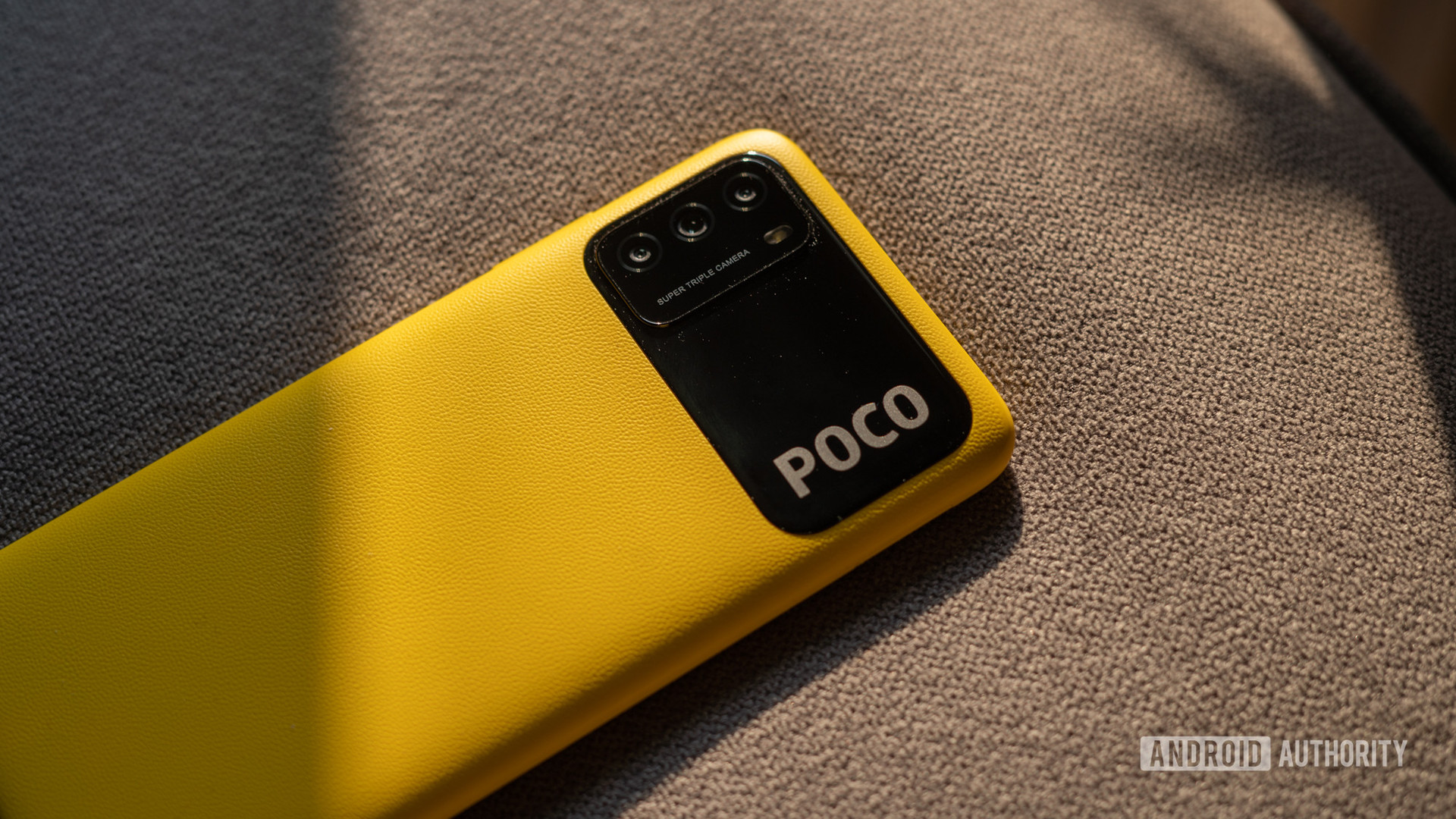
I’m mixed on the POCO M3 cameras. The 48MP primary shooter is certainly capable of capturing some solid images with good lighting, but I found the HDR implementation to be a bit spotty. Additionally, there’s just too much grain in shadow regions, highlighting a need for some camera software optimization. Focusing too can be a bit hit or miss with more than one occasion where I was left tapping on the display trying to lock it in.
Elsewhere, the 2MP macro camera does an okay job. You certainly can capture some decent images but as is often the case, the 2MP resolution can be a bit of a handicap. You won’t be cropping in here, and blowing up the images on a large screen highlights the limited resolution even further still.

I wasn’t a huge fan of the 8MP front-facing camera. Images are just a bit too soft with blown-out highlights, and too much skin enhancement. Portrait mode can also be hit or miss even with a depth sensor on board. This is a bit surprising as other Redmi and POCO phones have generally fared a lot better.
Finally, coming to video, recording tops off at 1080p at 30fps. Video quality is satisfactory in broad daylight. However, things go south rather rapidly once the light drops — just like the image quality.
What I like about the POCO M3
- Design. The POCO M3 is easily the freshest looking budget phone I’ve used in a while, and it truly stands out in a positive way.
- Battery life. 6,000mAh is no joke but paired up with excellent optimization, I could genuinely go two days between a charge.
- Stereo speakers. The POCO M3 has excellent stereo speakers that make the phone a high-quality multimedia consumption device.
What I dislike
- Cameras. The cameras on the POCO M3 are the only let down in an overall excellent package. They’re not bad, but you can do better for the money.
- Charging speed. Much as I like the huge battery, charging the phone takes forever and faster 33W charging would have truly elevated the package.
POCO M3 specs
| POCO M2 Pro | |
|---|---|
Display | 6.67-inch IPS LCD, 20:9 aspect ratio, camera cut-out, Full HD+ (1,080 x 2,400) resolution, 84.5% screen-to-body ratio |
Chipset | Snapdragon 662 4 x 2.0GHz Kryo 260 Gold 4 x 1.8GHz Kryo 260 Silver Adreno 610 |
RAM/Storage | 4GB/64GB 4GB/128GB microSD expansion |
Camera | Rear: 48MP main f/1.8, 0.8-micron pixel size, PDAF 2MP, f/2.4 macro 2MP, f/2.4 depth Front: 8MP, f/2.1, 1.0-micron pixel size, Full HD video at 30fps |
Battery | 6000mAh 18W charging USB-C Reverse charging |
Dimensions | 162.3 x 77.3 x 9.6 mm |
Weight | 198g |
Colors | Cool Blue, POCO Yellow, Power Black |
Biometrics | Side-mounted capacitive fingerprint scanner Face unlock |
Sensors | Proximity sensor, In-screen ambient light sensor, Accelerometer, Gyroscope, Electronic compass, Vibration motor, IR blaster |
Headphone jack | Yes |
Connectivity | LTE FDD: B1/B2/B3/B4/B5/B7/B8/B20/B28 LTE TDD: B38/B40 WCDMA: B1/B2/B4/B5/B8 GSM: B2/B3/B5/B8 Wi-Fi (2.4GHz and 5GHz): 802.11a/b/g/n/ac Wi-Fi Direct/Wi-Fi Display Bluetooth 5.0 NFC GPS, GLONASS, GALILEO, BDS, NavIC |
POCO M3 review: The verdict
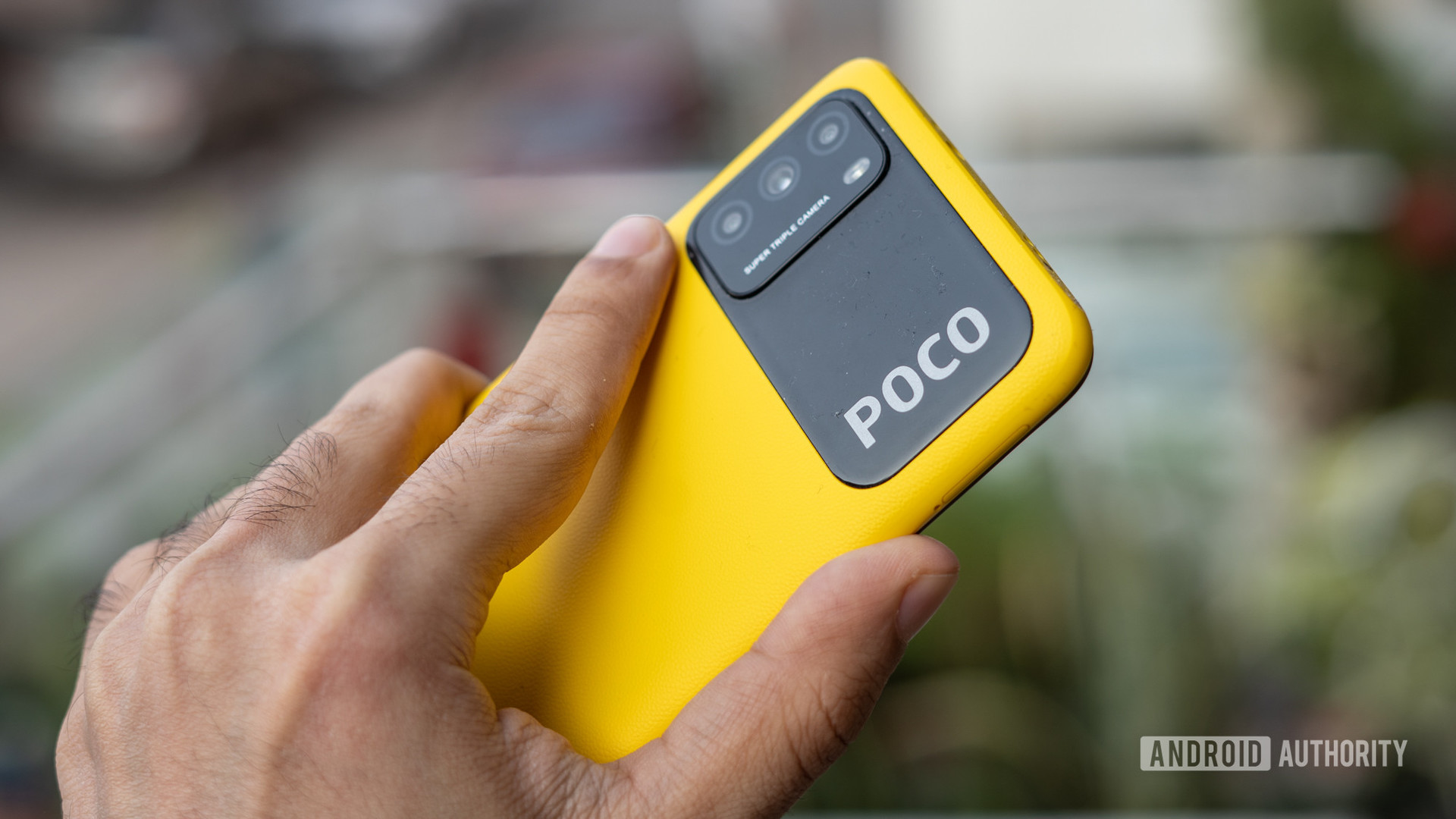
The POCO M3 impresses not just through its spec package, but also the overall focus on build quality and design. Sure, you can get similarly equipped phones like the Redmi 9 Power, or the realme Narzo 20. In fact, a marginal step up in price gets you POCO’s own older, but still great POCO M2 Pro with its 4K recording capabilities.

However, the differentiation here is in the uniqueness, and there’s very little on the market that stands out with both eye-catching design and great build quality in the way the POCO M3 does. Add to that an ad-free experience, limited bloat, and generally reliable performance, and you’ve got a phone that truly excels at its price point. The only really major downside is the camera experience, but if you’re not interested in mobile photography, the POCO M3 ticks all of the other boxes for a mega cheap phone.
The POCO M3 is one of the best smartphones in its class.
Priced at Rs. 10,999 ($150) in India and starting at €149 in Europe, there are precious few reasons not to consider the POCO M3. It stands out as one of the best entry-level smartphones available right now.
For more reviews from Android Authority, sign up below to receive all of the latest device testing and analysis straight into your inbox.